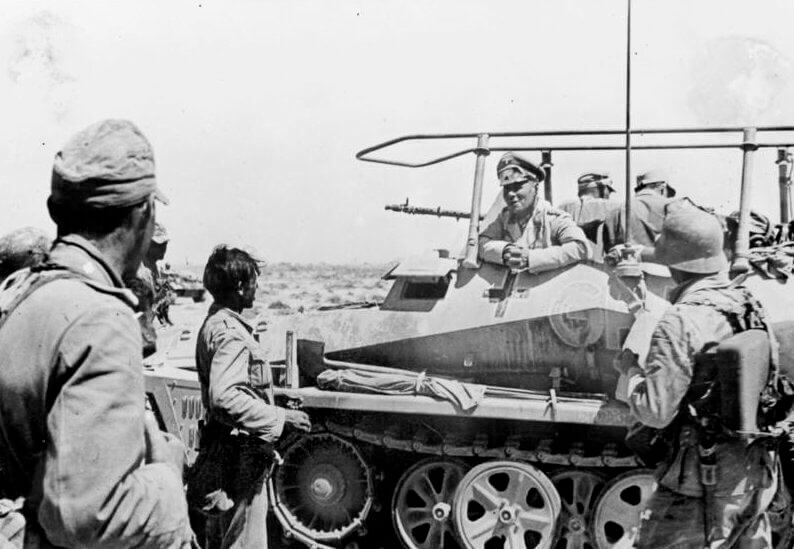

"It was a question of costs and priorities," Fathy El Shazly, director of the national northwest coast development program, frankly admits. It was not until 1982 that the Egyptian government acknowledged the problem.


This is a region inhabited primarily by Bedouins, the ones who most frequently fall prey to the leftover ammunition today. But Germany has nonetheless repeatedly offered Egypt humanitarian assistance, by for example handing over old maps showing where the mines are located, or supplying metal detectors.Īn area of 2,800 square kilometers is still contaminated, a thirty-kilometer wide swath between El Alamein, some 60 kilometers west of Alexandria, and the Libyan border. The Foreign Ministry in Berlin asserts that international law does not require Germany to clear away mines deposited in Egypt during World War II. There's no telling where the shifting sands may have carried these mines by now. The troops left behind in the desert some 21 million aircraft bombs, tank shells and landmines. But hardly any of them spares a thought for the victims that the battle is still claiming today. Every fall, veterans from all over the world gather in El Alamein in Egypt to commemorate their fallen comrades. The battle of El Alamein, fought in the deserts of North Africa, lasted from October 23 to November 5, 1942


 0 kommentar(er)
0 kommentar(er)
